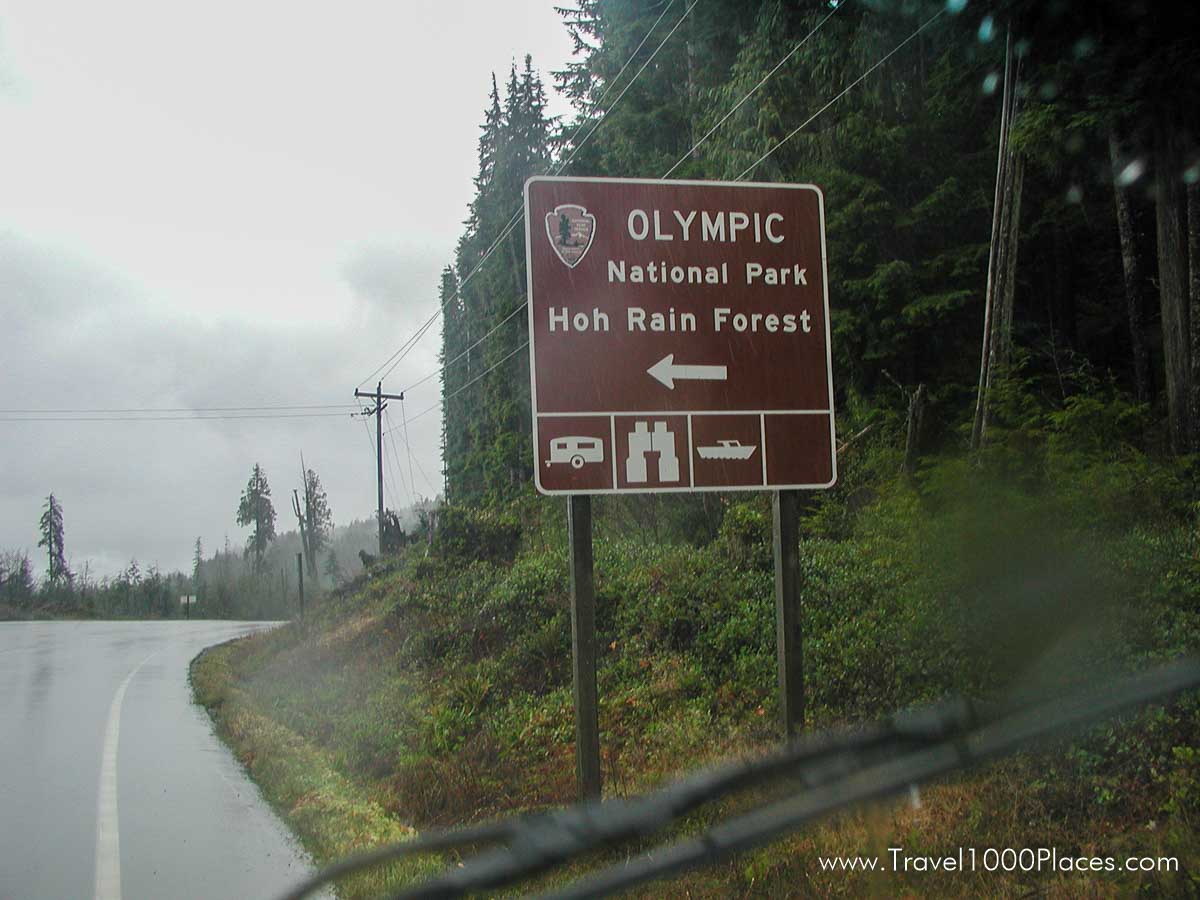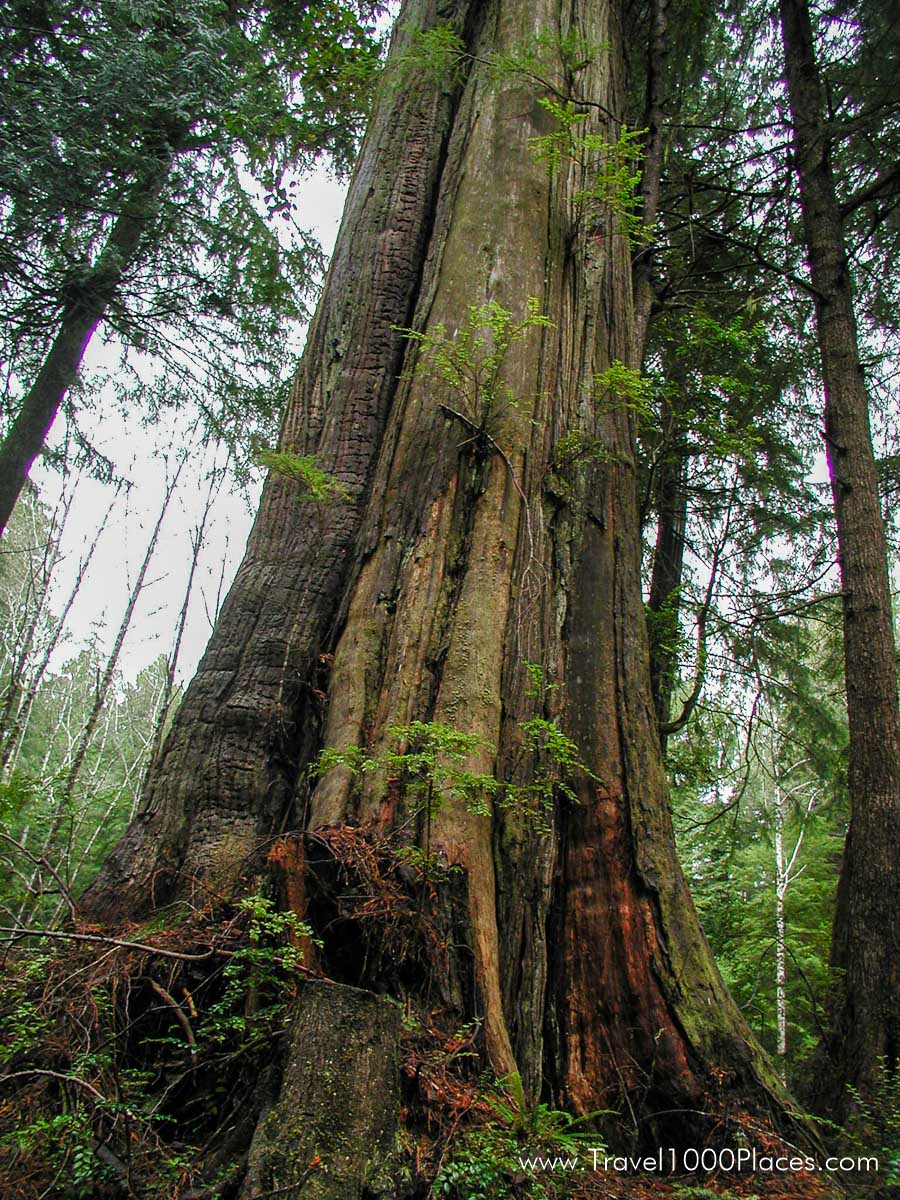

Read more: Overview, weather, how-to-get-there, itinerary ideas: Olympic National Park, Washington State, USA
Drenched in over 12 feet of rain a year, Olympic’s west side valleys flourish with North America’s best remaining examples of temperate rain forest. Giant western hemlocks, Douglas-firs and Sitka spruce trees dominate the landscape while ferns and moss cloak the trees and forest floor. In these valleys, even the air seems green.
Ocean-Born Forests
The lush forests in the Quinault, Queets, Hoh, and Bogachiel valleys are some of the most spectacular examples of primeval temperate rain forest in the lower 48 states. These rain forests once stretched from southern Oregon to southeast Alaska, but little remains outside of protected areas. Other temperate rain forests grow in a few isolated spots around the world including Chile, New Zealand and southern Australia.
Hoh Rain Forest
About 90 miles west of Port Angeles and ca. 14 mi south of Forks you must turn into the road that leads to the visitor center. A campground and picnic area can be found as well. There are self-guided nature trails and in summer, ranger-led programs.
No pets on trails. Pets must be on a leash at all times.
Safety: Do not approach elk! Swimming and boating on the Hoh River can be extremely dangerous and are not recommended.
The 50-mile long wild Hoh River is born high on glacier-capped Mount Olympus and descends 7,000 feet to the Pacific Ocean, fed by snowmelt and rain along the way. The glaciers of its birth grind rock into glacial flour, coloring the river a milky, slate blue. On its descent the river meanders, creating gravel bars and cutting into the lush rain forest along its banks. Immense fallen conifers are swept downriver and create logjams and quiet pools for salmon. Their spawned-out carcasses feed dozens of aquatic and forest animals and fertilize the soil, bringing riches from the ocean to the forest. In turn, the forest lends stability to the river by preventing massive sediment flushing. Mountain, river, forest, ocean––each part of this ecosystem depends on the other, a tapestry woven together as one naturally functioning unit.
Lake Quinault Area: Quinault Rain Forest
Lake Quinault’s north shore lies within the park, while the south shore is managed by Olympic National Forest. Ranger stations, campgrounds, lodging, and trails are available on both sides of the lake.
The Quinault Valley is a wilderness gateway to alpine meadows, jeweled lakes and ice-carved peaks. For shorter visits, the valley has a scenic loop drive and short trails through temperate rain forest in both Olympic National Park and Olympic National Forest. A hike from Port Angeles to the Lake Quinault area takes people about 4-5 days. No pets on trails. Pets must be on a leash at all times. Do not approach elk; they can be aggressive. Required wilderness permits for all overnight backpacking are available at the two Quinault ranger stations, or in Port Angeles and Forks.
National Park Service Website
All locations with detail description: Places to Go – Olympic National Park (U.S. National Park Service) (nps.gov)

